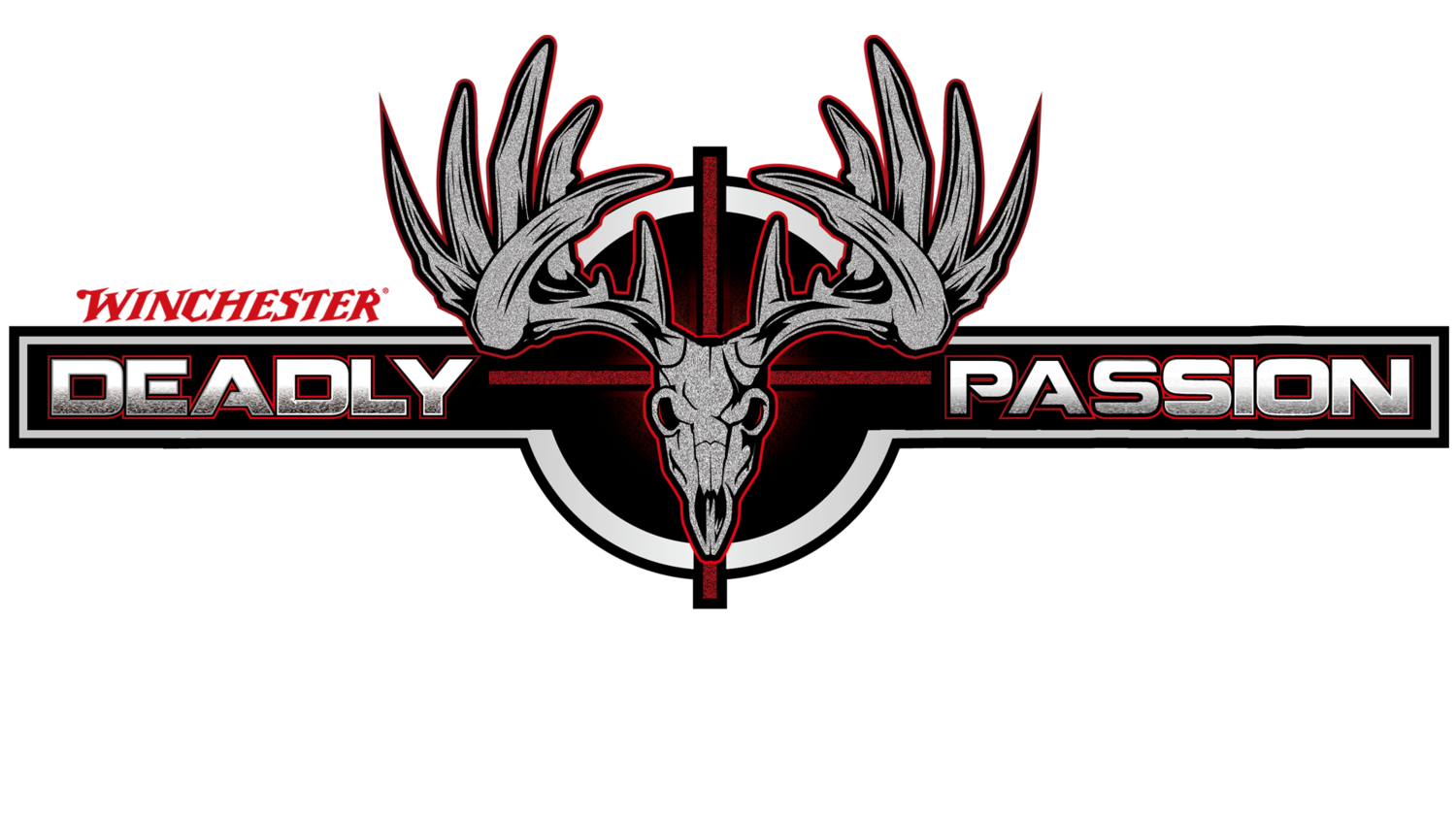Tips for Proper Gun Sight-In
When it comes to sighting in your rifle, you need to be patient and pay close attention to detail. This is the time to get everything prepared for later and you don't want to cut any corners. First, if you're mounting the scope yourself the number one thing to remember is to not over tighten the screws and to keep everything even. This means tightening each screw a couple of times over and over, keeping it even. If you don't do this part correctly, you will have a very difficult time trying to get everything dialed in later on and wonder what the problem could possibly be. Once everything is evenly tightened, to add a little lock tight to the screws to ensure nothing can get loose in the field.
If you have access to a local gun shop, I highly recommend getting your gun bore sighted before heading out to the range. There are also laser bore sight options that you can purchase to have with you, this can drastically minimize the number of shots it takes to get zeroed in saving you time and money in the long run. If you're looking for any other firearm related news or information, you can always Find out more on Gunsamerica and other websites that can provide you with an abundance of info regarding your gun and ammunition selections.
Now it's time to head to the range. I like to start at 25 or 50-yards and put up a big blank target and place my gun in a lead sled. This helps take any of the human error out of the equation and reduces the chance of you developing bad habits when taking numerous shots.
As you get the gun dialed in at the closer distance, the next question you need to decide is what you want your zero to be. I like to have my gun shooting about 1.5″ high at 100-yards, so it's dead on at 200-yards. This is just personal preference, but I like to test out a variety of options on the Winchester Ballistic App so I know what my drop is at various distances and can make the best decision for my hunting and shooting conditions. Personally, I rarely ever shoot over 300-yards but even at that distance I'm looking at right around a 7-inch drop from my 300 Win. Mag shooting a 180-grain Ballistic Silvertip. This is pretty easy math to do in the field and that's what I like. 1.5″ high at 100-yards, dead on at 200, and 7-inch drop at 300. Easy enough. Remember that a bigger whitetail buck will have a chest size of 18-20″ so that can really help when you're looking through your scope and trying to decide where to aim with a 7-inch drop.
The next step is deciding on the loads to shoot. I like to take a couple different types to the range and just shoot groups. This helps me decide what load shoots best out of my gun. Typically, what I sight in with is what I hunt with. If I decide to change along the way, I really need then to make sure to re-shoot the new loads at the range as they will probably have a different zero.
Now that you have everything dialed in, the most important step is to practice. Get comfortable and familiar with your gun. Shoot it at a variety of distances, and figure out what your own capabilities and limitations are. Just because the gun can shoot 500-yards doesn't mean you have any business trying to shoot at an animal at that distance. You also need to take into account the size of each animals vitals. If you're hunting antelope, you're dealing with an estimated vital area of 8.5″ to 9″. However, with a deer you're looking at a little larger area of 10″ to 11″. With something like an elk, you're up to 14.5″ to 15.5″. A moose gives you the biggest area of all at 18″ to 21.5″. This doesn't mean you can fire shots from a 1,000-yards at a moose just because you have a larger area. But this gives you an idea when you're at the range of where you need to be hitting to ensure a quick clean kill and recovery in the field.






